Whitepaper: Oil Rig Safety
Oil and gas companies operating in the offshore environment must implement comprehensive safety programs that address all potential hazards to ensure the safety of workers and equipment. A vital component of an effective safety program is the understanding that the safety and productivity of an offshore oil rig are interdependent.
Achieving production targets will be only possible when achieving safety targets. Typically, such safety targets include reducing the number of accidents and injuries, improving emergency response times, increasing employee training on safety procedures, and implementing new technologies to improve safety
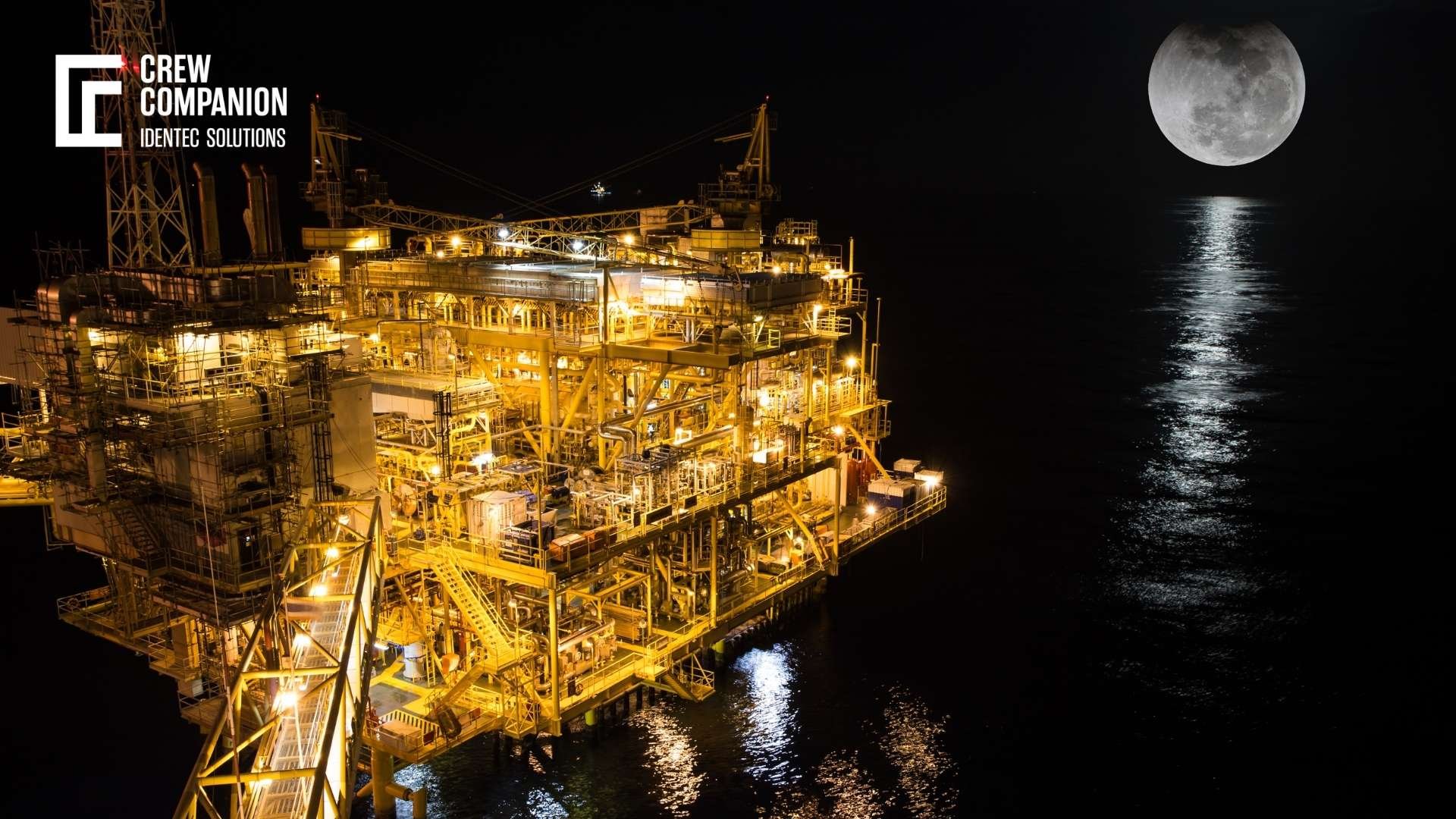
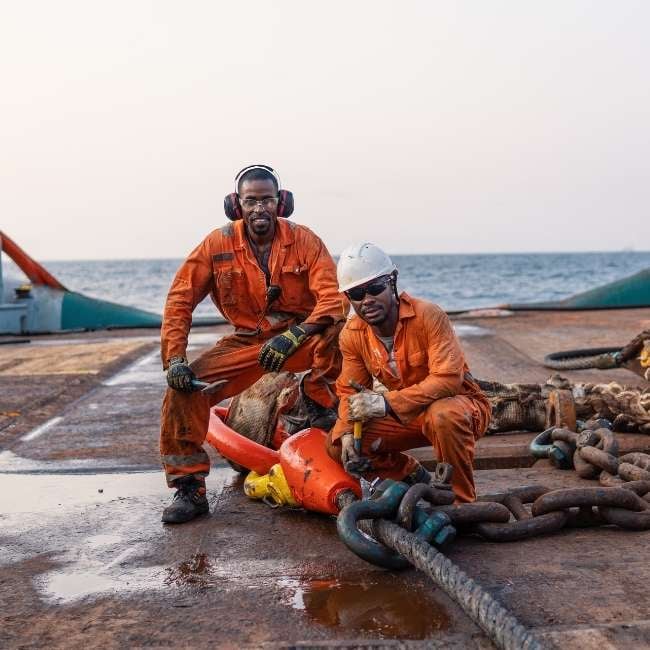
PROFITABLE OFFSHORE INSTALLATIONS
The business model of oil producers depends, in general, on the global oil price and the production costs. Upstream companies sell the crude oil they produce, but their earnings are greatly affected by
the oil and gas prices movement. An oil producer’s revenue boils down to the difference between the cost of production and the price at which they can sell their product.
On the other side, offshore drilling is a complex and expensive undertaking. In general, the daily operating costs of an offshore rig can range from $600,000 to $800,000 per day.
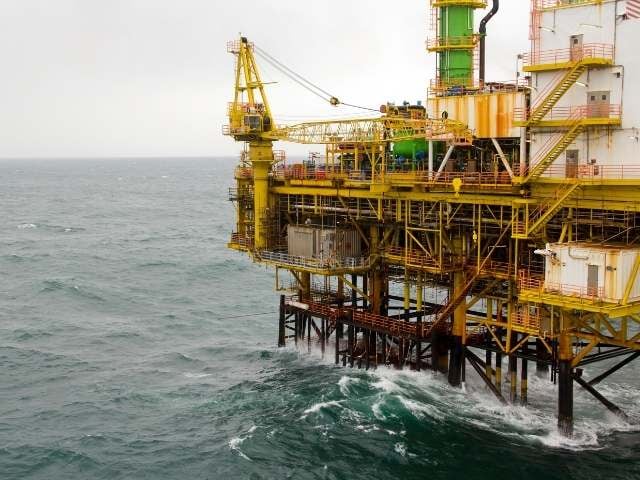
Oil Rig Safety: Avoiding Costs resulting from Incidents
Offshore drilling operations are expensive, and companies must carefully manage costs to be profitable. At the same time, offshore oil and gas operations are inherently risky. Workers are exposed to various hazards, including fire, explosions, chemical spills, and fumes. In addition, they work in a remote and often isolated environment, which can make it difficult to get help in the event of an emergency.
The costs of accidents and incidents at offshore oil and gas installations can be high. They include direct costs such as property damage and clean-up costs and indirect costs such as lost production and regulatory penalties. In addition, accidents and incidents can negatively impact public opinion, reducing investment and increasing scrutiny from regulators.
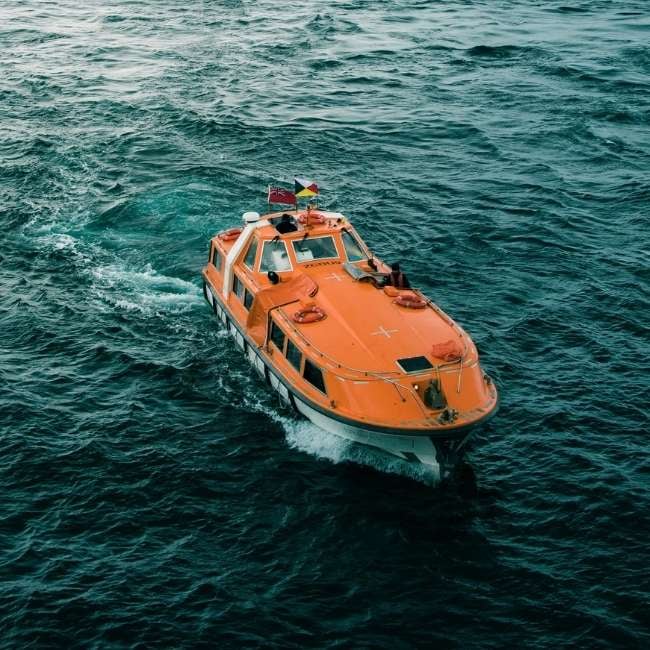
OIL RIG SAFETY: MEASURES TO AVOID INCIDENTS
Proactive safety measures can help to reduce the costs of accidents and incidents. These measures can include implementing safety management systems, using new technologies to improve monitoring and communication, and providing training for workers on how to work in an offshore environment safely.
There are three levels of safety-related aspects on offshore rigs:
- Safety culture
- Safety training
- Safety equipment
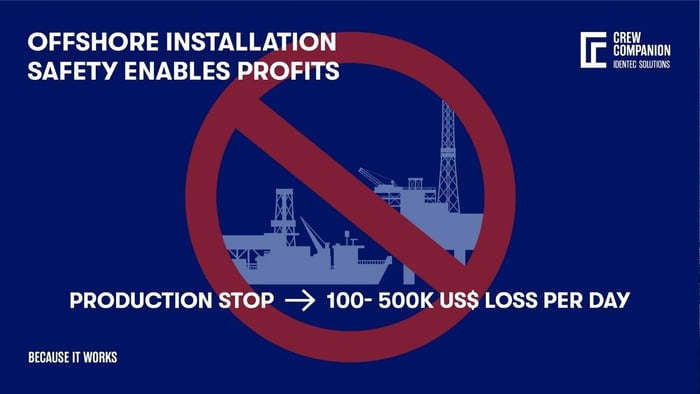
Download and learn
-
How to avoid incidents
-
Which HSE-related risks can stop your operations
-
How is a safety culture, safety training and safety equipment impacting your safety targets